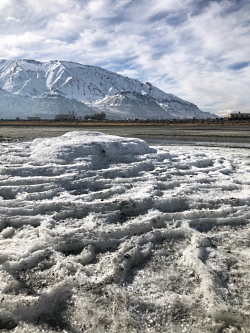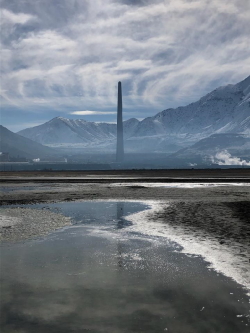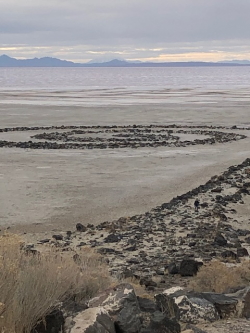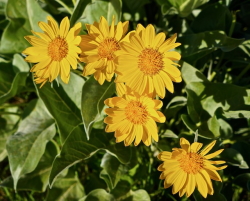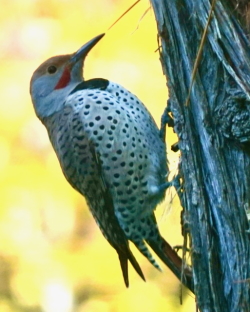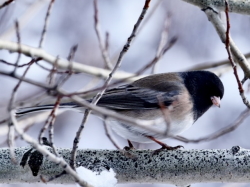
Courtesy & © Josh Boling, Photographer
What does ‘remote’ mean? Take a moment, if you will, and conjure a memory—to the most remote place you’ve ever been. Where are you? Why did that particular place come to mind? Was it the distance from cities and towns? Was it the absence of other people? Was it the darkness? The quiet? What makes a place “remote?”
This question has been tumbling around in my head for a while. So, naturally, I took to the internet for answers. A definition: ‘remote’—an adjective—“(of a place) situated far from the main centers of population; distant.” Seems straightforward at first, but the quality of remoteness is open for interpretation. I might argue, for instance, that Lhasa—the Tibetan capital of almost half a million people—is far more remote than the most isolated corner of Utah’s redrock labyrinth. Perhaps that’s an apples to oranges comparison, though.

in the Bear River Range
Data and Photo Credit: Hunter Baldridge
Project Remote inspired me. Their definition seemed reasonable enough, but I was curious about whittling down the parameters of ‘remoteness.’ I wanted to identify the most remote location in Cache County, where I live; so, I reached out to USU Geographic Information Systems instructor, Shannon Belmont, who has been working on this question with her students for several years. As it turns out, the general consensus from Belmont’s class projects produced a fittingly bear shaped swathe of canyons and peaks in the high country of the Bear River Range as the most remote region in the county. There were dozens of other definitions offered through Belmont’s project, of course.
‘Remote’ seems a relative term—relative to the perspective of a traveler and their perceived distance or isolation from the center of whatever world is familiar. When avalanche danger in my home range subsides, I’ll click boots into skis and plow my way to the heart of that bear-shaped expanse of peaks and canyons, trying to find what ‘remote’ means there. Then, perhaps I’ll redefine the word entirely— changing it by season, mode of transport, or state of mind. Until then, maybe I’ll find an old tree to get lost in.
I’m Josh Boling, and I’m Wild About Utah!Defining Remote
Credits:
Photos: Courtesy & Copyright Josh Boling, Photographer
Uintas Graphic: Courtesy Josh Boling & Hunter Baldridge, Copyright © Hunter Baldridge
Sound: Courtesy & Copyright J Chase and K.W. Baldwin, Utah Public Radio
Text: Josh Boling, Edith Bowen Laboratory School, Utah State University https://edithbowen.usu.edu/
Additional Reading Links: Josh Boling
Sources & Additional Reading
https://www.outsideonline.com/2314611/roads-around-nowhere
Project Remote, https://www.projectremote.com/
Utah’s Remote Spot in the High Unitas, Project Remote, October 3, 2019, https://www.projectremote.com/blog/utah-remote-spot/
Belmont, Shannon, Final Project – Identifying the most remote location in Cache County, GEOG/WILD1800, SJ & Jessie Quinney College of Natural Resources, Utah State University, https://wildaboututah.org/wp-content/uploads/boling.josh_.GW1800_Final_Project_RemoteLocation.pdf

